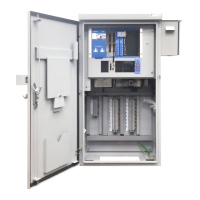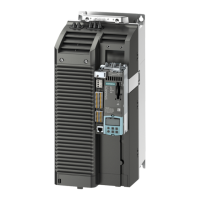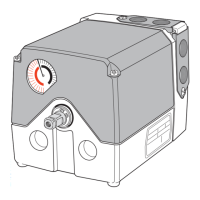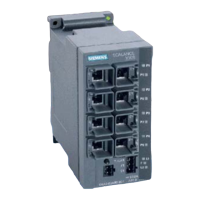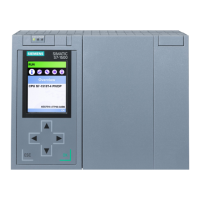ST750 GENERAL HANDBOOK
667/HB/33750/000 Page 70 Issue 6
5.8 Fit the cabinet to the Stool
If the controller cabinet was not installed with the mounting stool then it should be
done as follows:
Clean the top surface of the stool and the lower surface of the cabinet that will be in
contact when the cabinet is fitted.
Apply silicone sealant (ref. part no. 996/4/22026/100) to the top surface of the stool
(enough to ensure that a good seal between the stool and the cabinet will be made.
The cabinet is installed by lowering it onto the stool and fitting the four retaining
bolts.
When fitting the cabinet onto the stool, make sure that all the cables are in their
correct position with regard to the CET bar. Once the cabinet has been secured,
moving of the cables could cause damage.
5.9 Back fill and in-fill the stool
On completion of the cable tests the controller cabinet and stool can be back-filled
by the civils team using the appropriate material for the site layout. Once the back-
fill is completed in-fill with kiln dried sand as per Figure 24and Figure 25, taking care
that the compacted sand is at ground level when finished.
If any of the cables were replaced or moved during the installation of the controller
cabinet then the kiln dried sand in-filling must be made good before the sealing
compound is introduced.
NOTE: The back-fill must be brought to a level such that once the decorative top
surface is completed that the finish is at the surrounding ground level. The site
should be finished to the requirements listed in section 5.3 particularly paying
attention to any hardstanding around the controller base.
5.10 Sealing the base of the controller outer case
To prevent condensation and infestation in the controller cabinet the base MUST be
sealed as soon as possible after the controller has been installed. If any of the
cables were replaced or moved during the installation of the controller the kiln dried
sand in-filling must be made good before the sealing compound is introduced.
NOTE: -
The in-filling, kiln dried sand, must be brought to ground level or above and
compacted. Make sure that the kiln dried sand is level or slightly sloped down where
it meets the cables so it will not prevent the sealant meeting the cable.
The sealant should be poured all around the cables and to a height which, when the
sealant is set, gives a total covering not less than 6.5mm thick over the base of the
controller cabinet base. Use between 2.0 to 3.0 litres of approved epoxy resin for

